(Lyon, 1596 – Paris, 1657)
The Annunciation
Oil on alabaster (single old break, perfectly restored)
H. 25 cm; L. 30 cm
Son of François Stellaert, painter of Flemish origin settled in Rome in 1576, then in Lyon, Jacques Stella was born in this city in 1596. Around 1619, he left for Florence where he worked for Cosimo II de Medici. He probably already met Nicolas Poussin and Jacques Callot there. Stella left Florence for Rome in 1622 or 1623, where he became friends with Poussin, who arrived in 1624. Stella became famous in the world of Italian amateurs for his small paintings painted on precious supports: marble, agate, lapis, slate, as well as its engravings and drawings. In 1634, having received offers from the King of Spain, he left Rome in the retinue of Marshal de Créqui, French ambassador. He passed through Venice, stopping in Lyon in 1635, then in Paris. Retained by Richelieu who took him into his service, he settled in the capital of the kingdom. Covered with favors, he benefited from accommodation at the Louvre and a considerable pension. He later received the collar of the Order of Saint-Michel, a rare honor for an artist. Long neglected by art historians, Stella is nevertheless one of the great painters of the 17th century in France. His art is powerful and sober, and his solidly balanced compositions are populated with sculptural and spare figures which attest to his knowledge of Antiquity. The smooth and porcelain workmanship of his latest works, the colors melted into a cold and abstract light, made Stella one of the most important representatives of Parisian atticism of the 1640s, and a model of neo-classicism.
Certainly made after her return to France, this very thin alabaster plate with natural “cloudy” movements allows Stella to levitate the heralding archangel. This founding episode in the life of Christ is recounted in the New Testament, a central mystery of Christian worship where the divine is incarnated in man. The angel Gabriel announces to Mary that she will bear the fruit of a child in her womb while remaining a virgin. She becomes the mother of the Son of God. This subject has been represented by the greatest artists as its importance is great in the Christian faith. Almost always in the same axis, the archangel comes from the left and from the clouds and is therefore higher than Mary, often represented on her knees in prayer, earthly, human. Stella brings here an additional detail that we find in part of the iconography of the annunciations, that is to say the lily in flower and its stem carried by the angel Gabriel. Symbol of purity, and therefore virginity. Stella realizes this important topic several times.
In 1631 while he was still in Italy, he created a very beautiful version on lapis lazuli which gives us an idea of the one he created at the stylistic turning point of his career, the return from Rome to France. A small work on slate takes up the characteristic elements of our virgin. The colors, the draping, the position of the hands, just like the angel where we find many similarities. Sylvain Kerspern, specialist in the artist dates our work from the same period and will include it in his catalog.




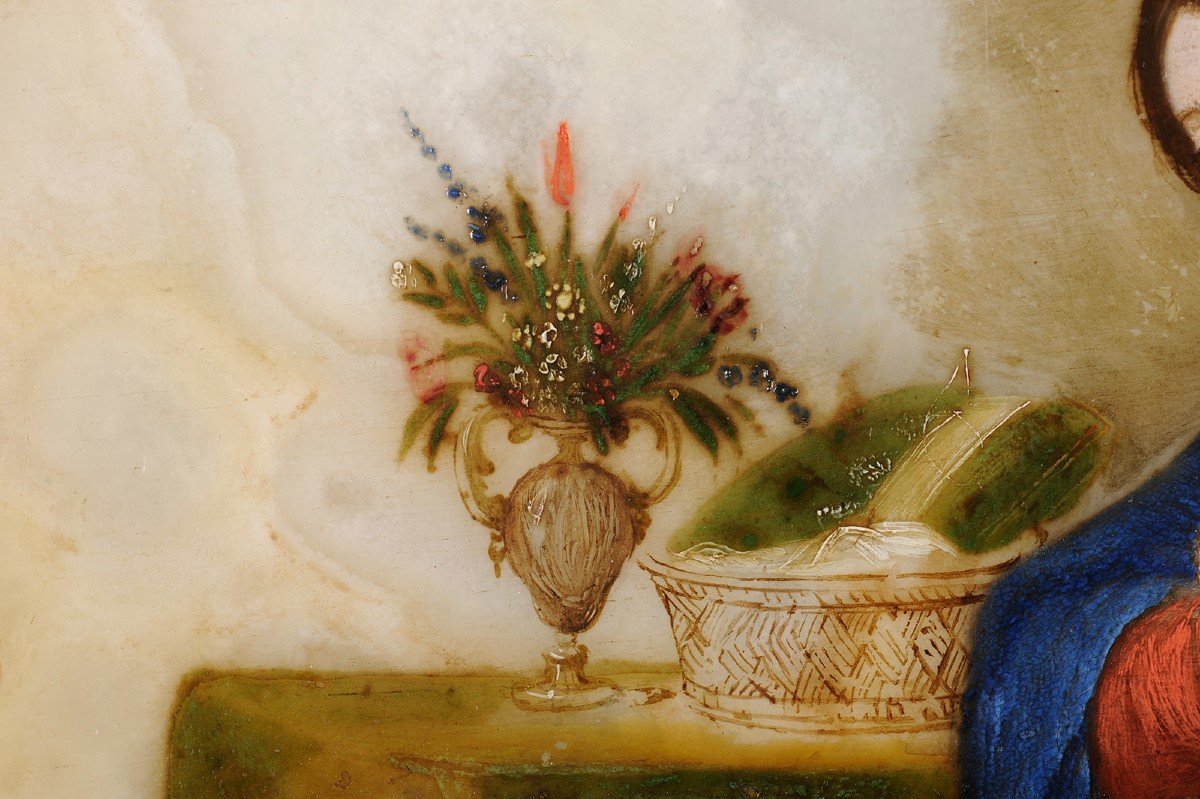
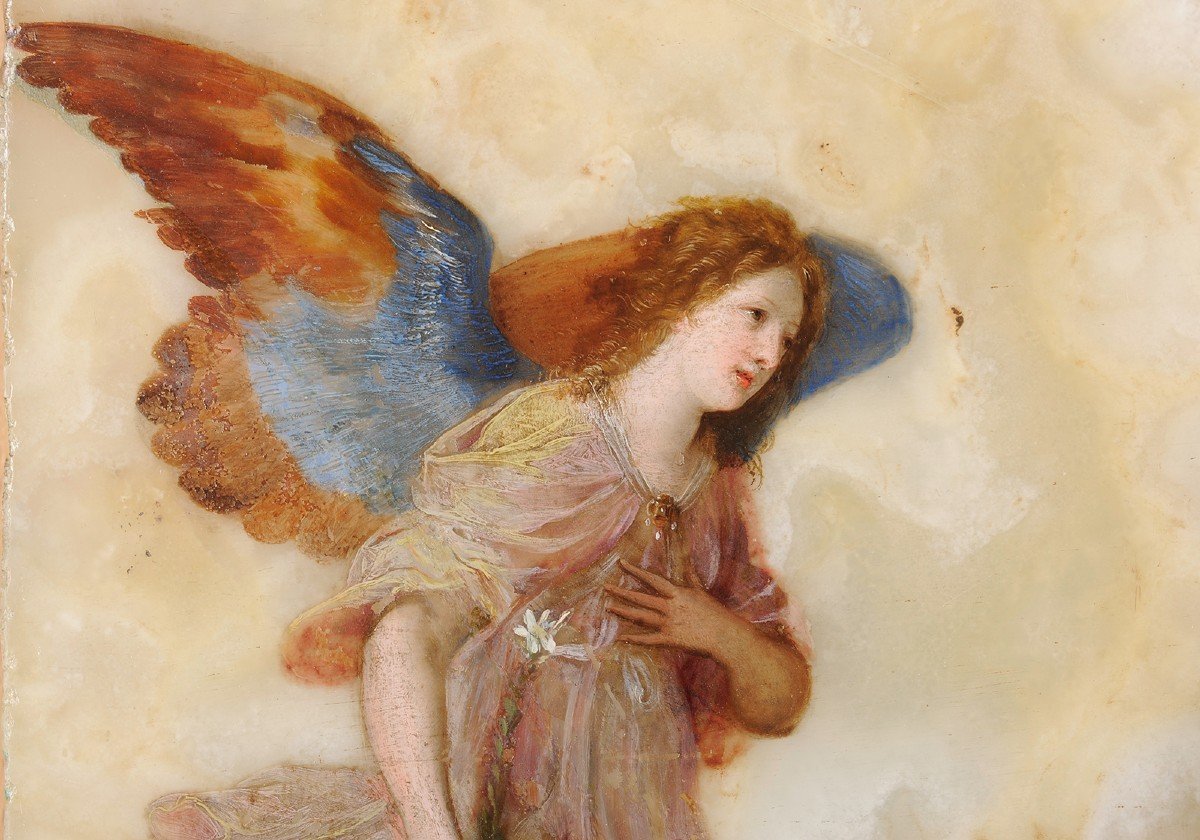
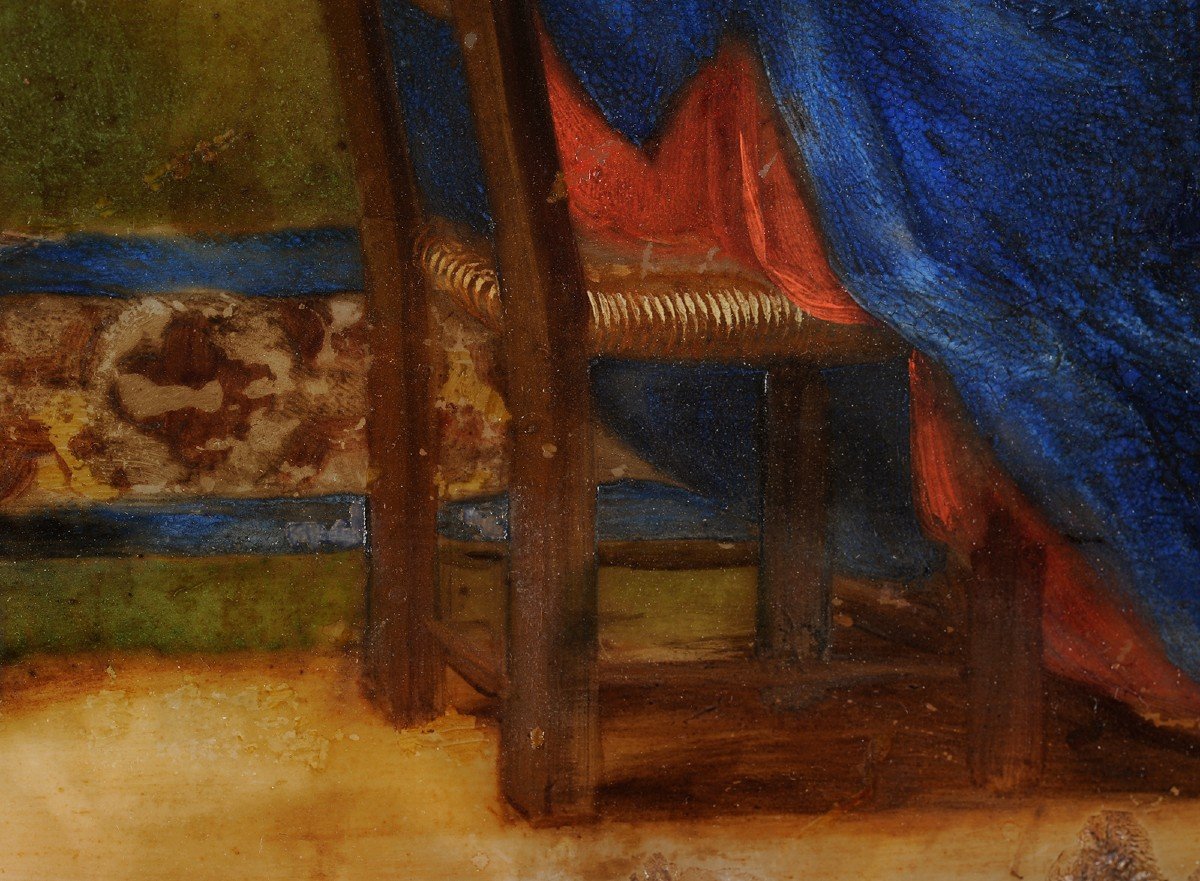

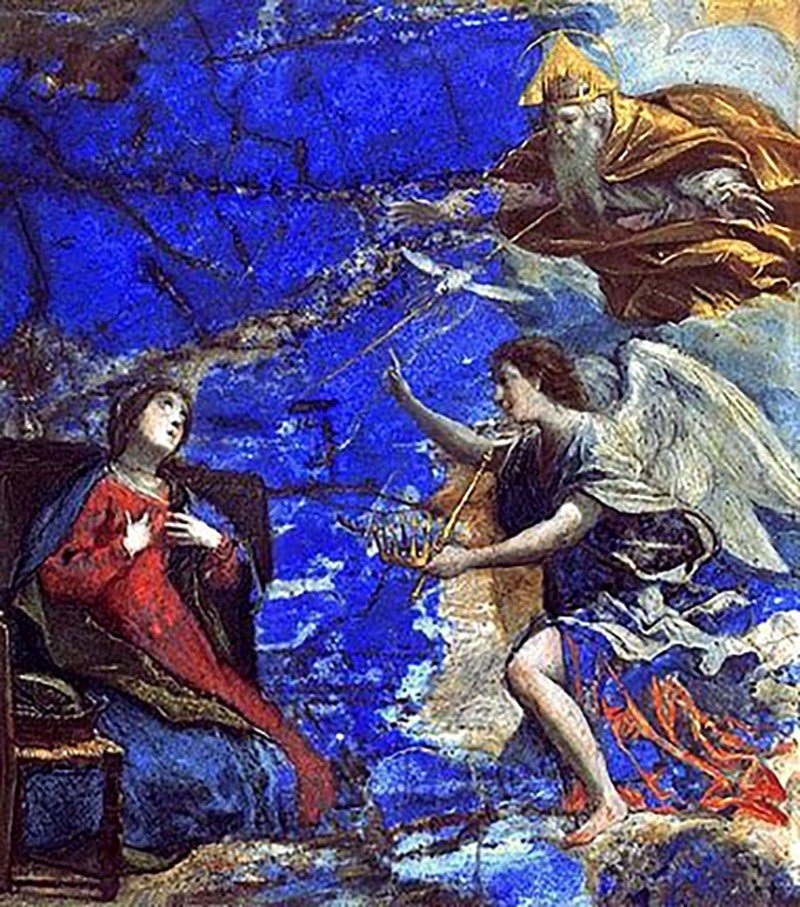
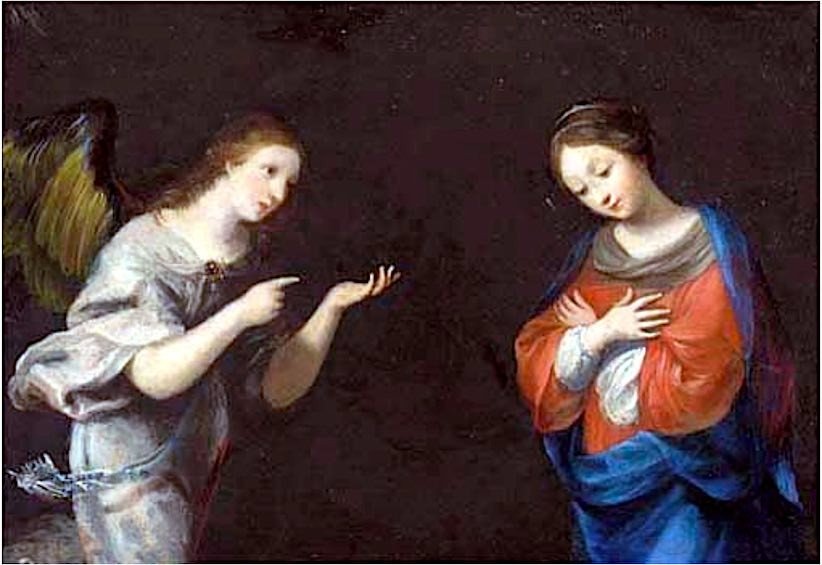
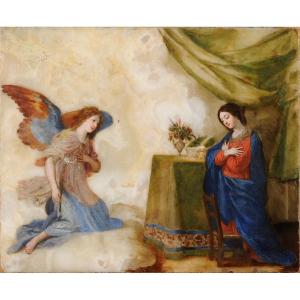








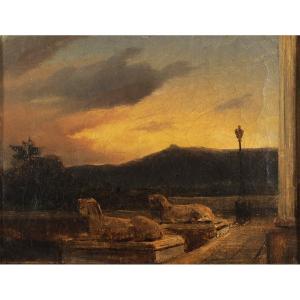


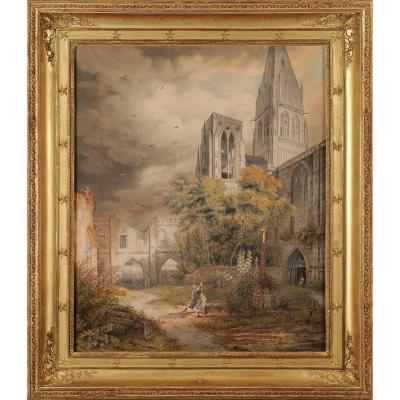



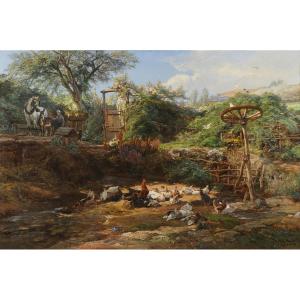


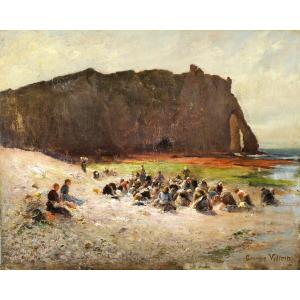


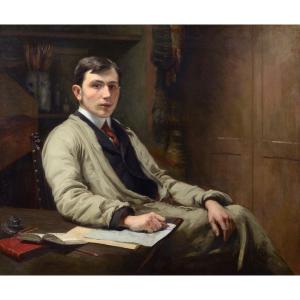
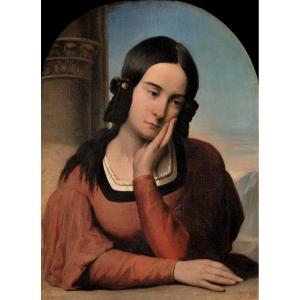
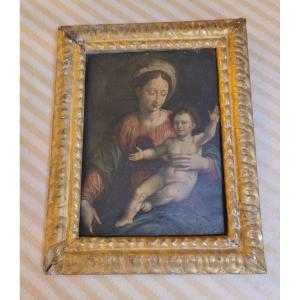
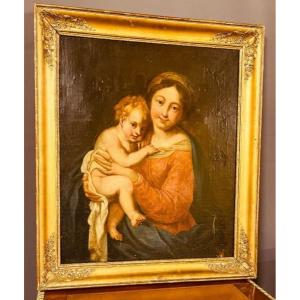
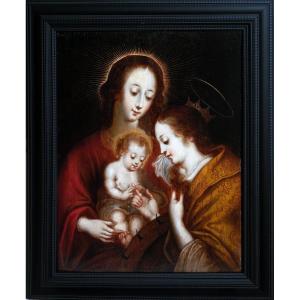

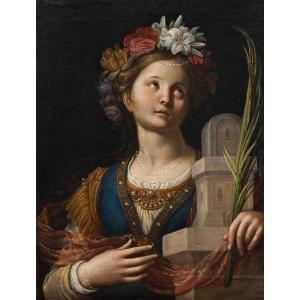



 Le Magazine de PROANTIC
Le Magazine de PROANTIC TRÉSORS Magazine
TRÉSORS Magazine Rivista Artiquariato
Rivista Artiquariato